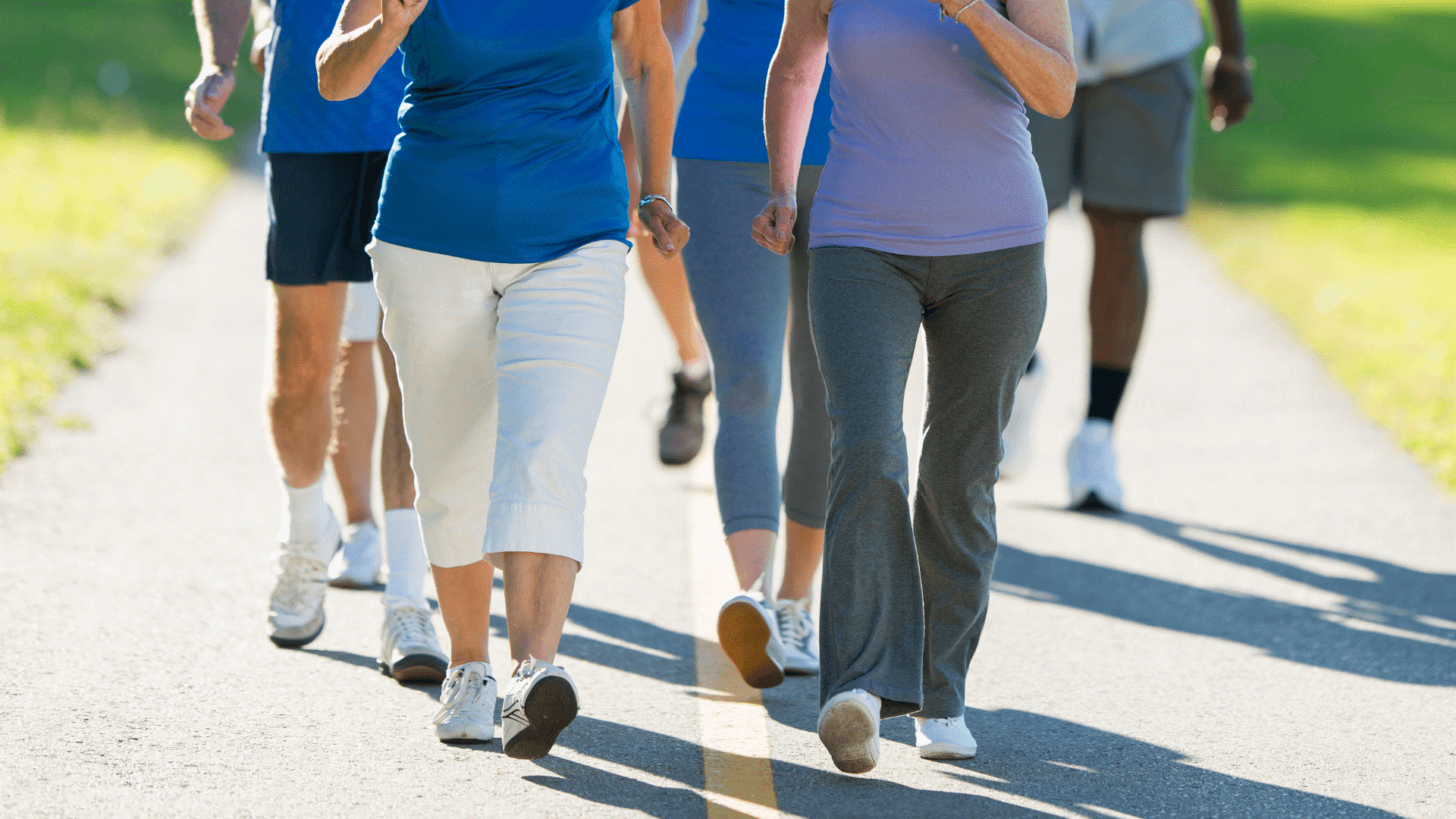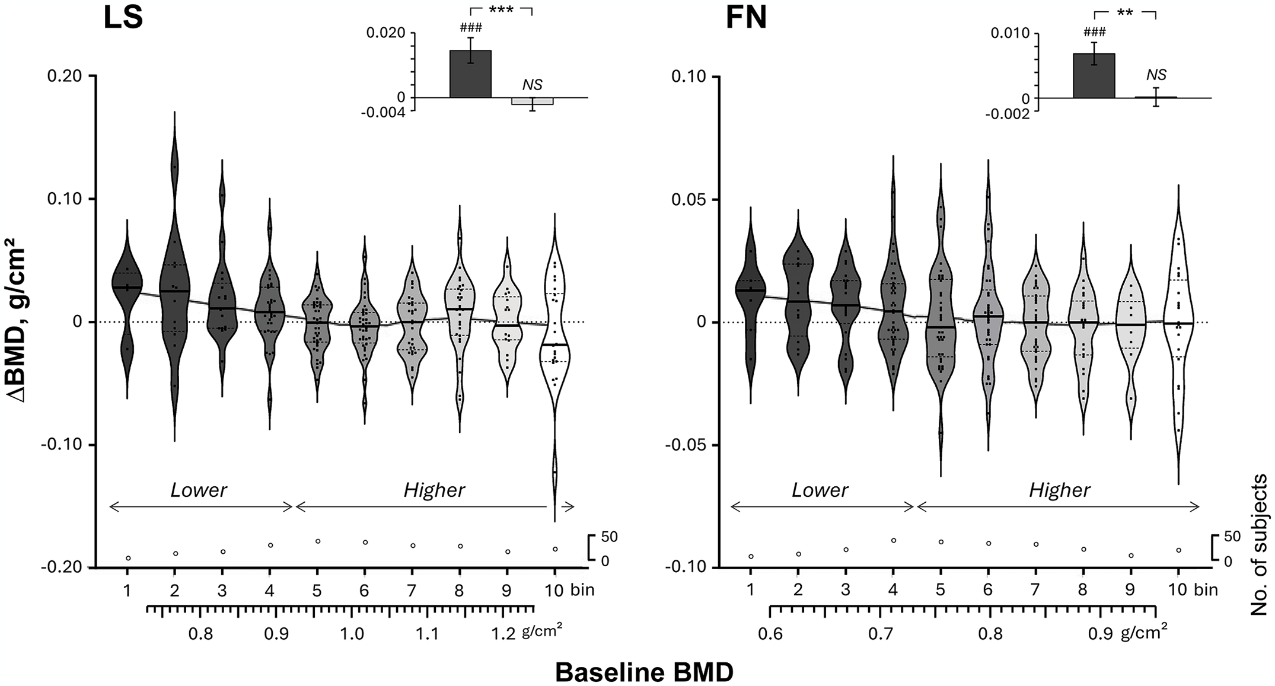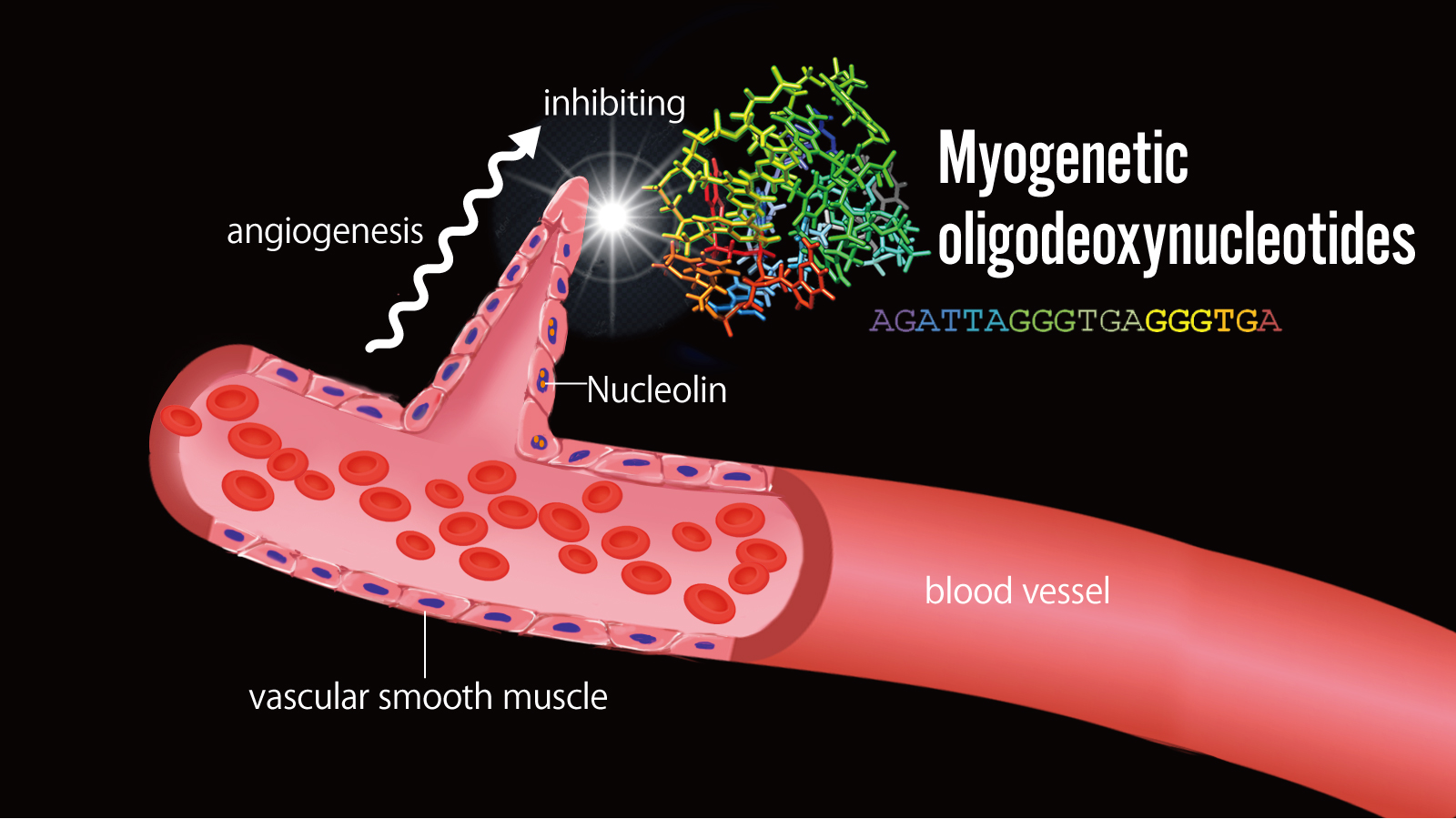Medicine, Health and Welfare
Release date:April 17, 2025 11:01 AM
School of MedicineInterval walking extends healthy lifespan! Verifying its effectiveness in improving bone mineral density

Walking is one of the easiest form of exercise for older adults. Professor Masuki and her team demonstrated that “interval walking,” which involves alternating between brisk and slow walking, can help mitigate the risk of lifestyle-related diseases (*1). A large-scale survey of 234 participants who engaged in interval walking was conducted to determine whether “interval walking improves bone mineral density (*2) and whether this improvement is greater among individuals with low bone mineral density.” The findings of the present study revealed that interval walking is an excellent form of exercise, especially for individuals with low bone mineral density.
Research on healthy lifespan extension through interval walking
As Japan transforms into a super-aging society, extending the healthy life expectancy has emerged as a major issue. Interval walking, developed by Specially Appointed Professor Hiroshi Nose of the Shinshu University Graduate School of Medicine, one of the co-researchers, may be effective in preventing and treating lifestyle-related diseases and dementia. Interval walking involves walking briskly for three minutes until one is out of breath (approximately 70% of the peak aerobic capacity), followed by three minutes of slow walking. This process is repeated thereafter. Notably, in addition to improving lifestyle-related diseases, completing five sets of interval walking per day on ≥4 days a week for 5 months can improve physical fitness by up to 20%.
Five months of interval walking can improve and maintain bone mineral density
Osteoporosis (*3) causes fractures that can lead to patients becoming bedridden, which can likely lead to dementia. Thus, osteoporosis can trigger a negative chain reaction. Osteoporosis is particularly prevalent among postmenopausal women owing to the rapid decline in the secretion of female hormones resulting in a reduction in bone mineral density. A total of 234 postmenopausal women completed five sets of interval walking per day on ≥4 days per week for 5 months in this study. Measurement of the bone mineral density of the participants revealed an increase in the bone mineral density of individuals with low bone mineral density at baseline. No changes were observed in the bone density of individuals with high bone mineral density at baseline.

Further research on interval walking: Development of smartphone apps and verification of its effectiveness for specific illnesses
Given that it does not require any special equipment and can be performed at a pace that suits the physical fitness of the individual, interval walking is a sustainable forms of exercise. A “smartphone app for interval walking,” developed with research funding from the Japan Agency for Medical Research and Development (AMED), is now available to the general public. Studies aiming to verify the effects of interval walking on specific diseases such as diabetes and heart disease are underway. Interval walking could help prevent the incidence of lifestyle-related diseases and exert therapeutic effects if it can reduce the dosage of prescription medications or eliminate their requirement. Thus, interval walking could contribute to reducing medical costs and lead to a society wherein individuals live longer and healthier lives.

Points
Our team of researchers explored the utility of interval walking to extend the healthy lifespan and revealed that it mitigates the risk of lifestyle-related diseases and improves cognitive function.
This study involving 234 participants revealed that “interval walking improves bone mineral density and that this effect is greater among individuals with low bone mineral density.”
An application for interval walking has been made available to the public. Studies aiming to verify the disease prevention and therapeutic effects of interval walking are underway.
Keywords
- *1 Lifestyle-related diseases
A general term for diseases, such as diabetes, hypertension, stroke, and heart disease, whose onset and progression are influenced by lifestyle habits including diet, exercise, rest, smoking status, and alcohol consumption.
- *2 Bone mineral density
An indicator of bone strength calculated based on the content of mineral components (e.g., calcium and magnesium) in the bone. In this study, measurements were taken using a technique called dual-energy X-ray absorptiometry (DXA).
- *3 Osteoporosis
A diseases characterized by a decrease in bone mineral density. Osteoporosis weakens the bones, making them more susceptible to fracture. Older adults and postmenopausal women (owing to the reduced secretion of female hormone) are at a higher risk of developing osteoporosis.
Paper
Journal:PLoS One. 2024;19(9):e0309936.
Title:Increased response of postmenopausal bone to interval walking training depends on baseline bone mineral density.
Author:Rizka Nugraheni Martyanti, Mayuko Morikawa, Masaaki Hanaoka, Satoshi Tanaka, Yukio Nakamura, Hiroshi Nose, Shizue Masuki
https://journals.plos.org/plosone/article?id=10.1371/journal.pone.0309936
Related Topics
Related Topics

